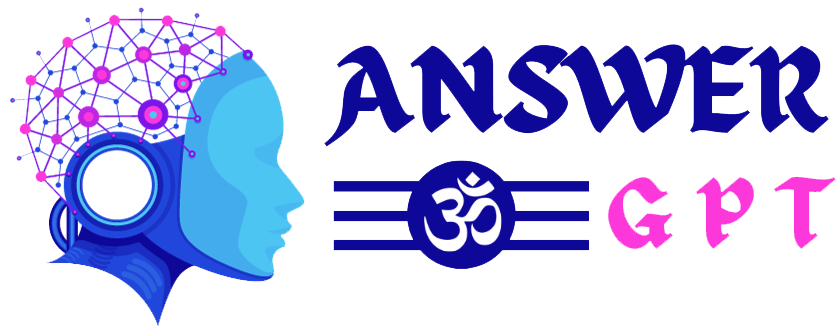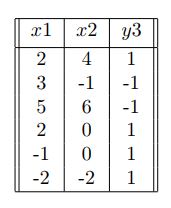1. The table below shows the temperature and humidity data for two cities. Is the data linearly separable?
- Yes
- No
- Cannot be determined from the given information
Answer :- a. Yes
2. What is the perceptron algorithm used for?
- Clustering data points
- Finding the shortest path in a graph
- Classifying data
- Solving optimization problems
Answer :- c. Classifying data The perceptron algorithm is a type of supervised learning algorithm used for binary classification tasks. It takes an input vector and assigns it to one of two possible categories or classes based on a linear combination of the input features and associated weights. The perceptron algorithm is particularly effective when the data is linearly separable, as it tries to find a hyperplane that can separate the two classes.
3. What is the most common activation function used in perceptrons?
- Sigmoid
- ReLU
- Tanh
- Step
Answer :- d. Step The step function is a type of activation function that takes an input and returns 1 if the input is greater than or equal to a threshold value, and 0 otherwise. It is one of the simplest activation functions used in early versions of perceptrons.
4. Which of the following Boolean functions cannot be implemented by a perceptron?
- AND
- OR
- XOR
- NOT
Answer :- XOR
5. We are given 4 points in R2 say, x1=(0,1),x2=(−1,−1),x3=(2,3),x4=(4,−5).Labels of x1,x2,x3,x4 are given to be −1,1,−1,1 We initiate the perceptron algorithm with an initial weight w0=(0,0) on this data. What will be the value of w0 after the algorithm converges? (Take points in sequential order from x1 to x)( update happens when the value of weight changes)
- (0,0)
- (−2,−2)
- (−2,−3)
- (1,1)
Answer :- (−2,−3)
6. We are given the following data:
Can you classify every label correctly by training a perceptron algorithm? (assume bias to be 0 while training)
- Yes
- No
Answer :- b. No
7. Suppose we have a boolean function that takes 5 inputs x1,x2,x3,x4,x5? We have an MP neuron with parameter θ=1. For how many inputs will this MP neuron give output y=1?
- 21
- 31
- 30
- 32
Answer :- c. 31
8. Which of the following best represents the meaning of term “Artificial Intelligence”?
- The ability of a machine to perform tasks that normally require human intelligence
- The ability of a machine to perform simple, repetitive tasks
- The ability of a machine to follow a set of pre-defined rules
- The ability of a machine to communicate with other machines
Answer :- a. The ability of a machine to perform tasks that normally require human intelligence. Artificial Intelligence (AI) refers to the capability of machines or computer systems to perform tasks that typically require human intelligence, such as problem-solving, learning, reasoning, understanding natural language, and adapting to new situations. AI aims to create machines that can simulate human-like intelligence and behavior, enabling them to perform complex tasks and make decisions without direct human intervention.
9. Which of the following statements is true about error surfaces in deep learning?
- They are always convex functions.
- They can have multiple local minima.
- They are never continuous.
- They are always linear functions.
Answer :- They can have multiple local minima. Error surfaces in deep learning, also known as loss surfaces or cost functions, represent the relationship between the model’s parameters (weights and biases) and the error (or loss) of the model on the training data. These surfaces are typically non-convex, meaning they can have multiple local minima, maxima, and saddle points. Local minima are points where the error is relatively low compared to the neighboring points, but they may not be the global minimum, which represents the best set of parameters for the model.
10. What is the output of the following MP neuron for the AND Boolean function?
y={1,0,if x1+x2+x3≥1 0, therwise
- y=1 for (x1,x2,x3)=(0,1,1)
- y=0 for (x1,x2,x3)=(0,0,1)
- y=1 for (x1,x2,x3)=(1,1,1)
- y=0 for (x1,x2,x3)=(1,0,0)
Answer :- a. y=1 for (x1,x2,x3)=(0,1,1) c. y=1 for (x1,x2,x3)=(1,1,1)


